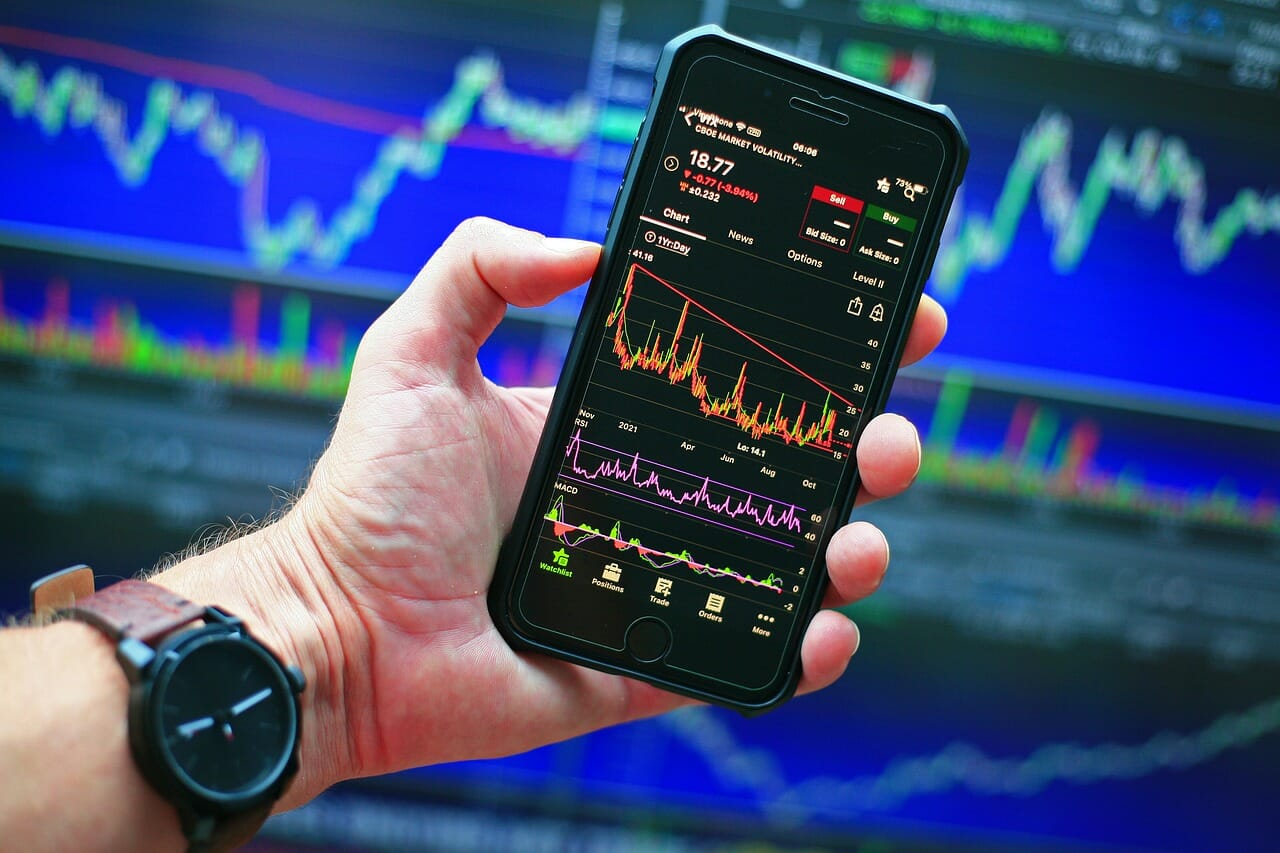When people hear “cryptocurrency,” they usually think of Bitcoin or Ethereum. However, there’s another big player making waves in the crypto world: XRP. Developed by Ripple Labs, XRP isn’t just another digital coin. It’s a cryptocurrency with a specific mission to make global money transfers faster, cheaper, and more efficient.
MORE NEWS: Here are the 50 biggest employers in Arizona
While most cryptocurrencies rely heavily on market speculation, XRP’s value lies in its practical, real-world application. Many investors and financial experts find XRP intriguing because it doesn’t try to replace traditional finance; instead, it aims to work with it. It’s time to break down what exactly XRP is and why it’s generating so much buzz.
The Basics of XRP
XRP is a digital currency created by Ripple Labs. Its main goal is to streamline international payments. Unlike most cryptocurrencies, XRP CAD wasn’t designed to allow people to buy coffee or shop online. Instead, it’s specifically tailored to help banks and financial institutions transfer money across borders quickly and at a low cost.
The Ripple network on which XRP operates uses a unique protocol that enables rapid transactions, often settling in just a few seconds. This feature is particularly appealing in a world where traditional banking transactions can take days to clear, especially when they involve different countries and currencies.
How Does XRP Work?
XRP’s underlying technology is different from traditional cryptocurrencies like Bitcoin. Rather than using a mining process, XRP transactions are verified through a consensus protocol that connects multiple banks and financial institutions. This setup makes XRP one of the fastest and most affordable options for transferring funds internationally, which is why it’s often called a “bridge currency.”
With XRP, financial institutions can exchange different currencies with minimal fees, making it highly efficient for cross-border transactions. XRP’s value is also influenced by its unique role in the financial world. While it fluctuates like other cryptocurrencies, it’s somewhat more insulated from pure speculation. For investors and institutions looking for practical crypto with real-world use, XRP offers a distinct option in a crowded market.
What Is the Difference Between XRP and Bitcoin?
At first glance, XRP and Bitcoin may seem similar, but they have some key differences that make them suitable for very different purposes. Speed is a major factor. XRP transactions are almost instant, settling in seconds, whereas Bitcoin transactions can take several minutes (or longer during busy periods).
Another big difference is cost: XRP transactions have very low fees, which is crucial for frequent, cross-border payments. Bitcoin, on the other hand, can have higher fees that fluctuate with network demand.
Additionally, Bitcoin’s purpose is to serve as a decentralized digital currency, whereas XRP’s primary role is to serve as a bridge for bank transfers. These differences set XRP apart, especially for those following cryptocurrency prices and looking for coins with unique functionality and use cases.
How Does XRP Fit Into the Financial World?
One of the main reasons XRP stands out from other cryptocurrencies is its partnership with banks and financial institutions around the world. Ripple Labs, the company behind XRP, has prioritized working with traditional financial entities, creating a bridge between the old and new financial systems.
With XRP, banks can complete cross-border transactions in a fraction of the time and cost compared to traditional methods. This means that people who are sending money internationally or financial institutions managing large cross-border payments can benefit from XRP’s efficiency. By collaborating with big players in the financial sector, XRP is setting itself up to be a real-world solution rather than just a speculative asset.
Have There Been Controversies and Legal Battles Surrounding XRP?
XRP hasn’t always had a smooth journey. It’s been involved in a high-profile legal case with the U.S. Securities and Exchange Commission (SEC), which argues that XRP should be classified as a security, similar to stocks or bonds.
Ripple Labs has countered that XRP is a digital currency, not a security, and therefore doesn’t fall under the SEC’s regulatory oversight. This legal battle has stirred up significant controversy, affecting XRP’s reputation and price in the crypto market. Despite the uncertainty, XRP has retained a loyal following, with supporters seeing it as a key player in the crypto space that could bring regulatory clarity to the entire industry.
Should You Consider Investing in XRP?
Is XRP a good investment? The answer depends on your goals and risk tolerance.
XRP offers a unique use case that goes beyond the usual speculative purposes of many cryptocurrencies. If you’re looking for a digital asset with real-world applications in the financial sector, XRP could be worth considering.
However, it’s important to note the potential risks, especially given the ongoing legal issues and the volatility of the crypto market. Ultimately, XRP is appealing to those who believe in the future of digital finance and its role in streamlining global payments.
The Future of XRP: A Crypto To Watch
XRP isn’t your typical cryptocurrency. With its focus on banking and cross-border transactions, it offers a practical application that sets it apart from other digital assets. Despite its challenges, XRP remains one of the most discussed and followed cryptocurrencies in the market.
As the crypto world evolves and regulatory clarity improves, XRP is undoubtedly a crypto to keep an eye on as it continues to shape the future of digital finance.




